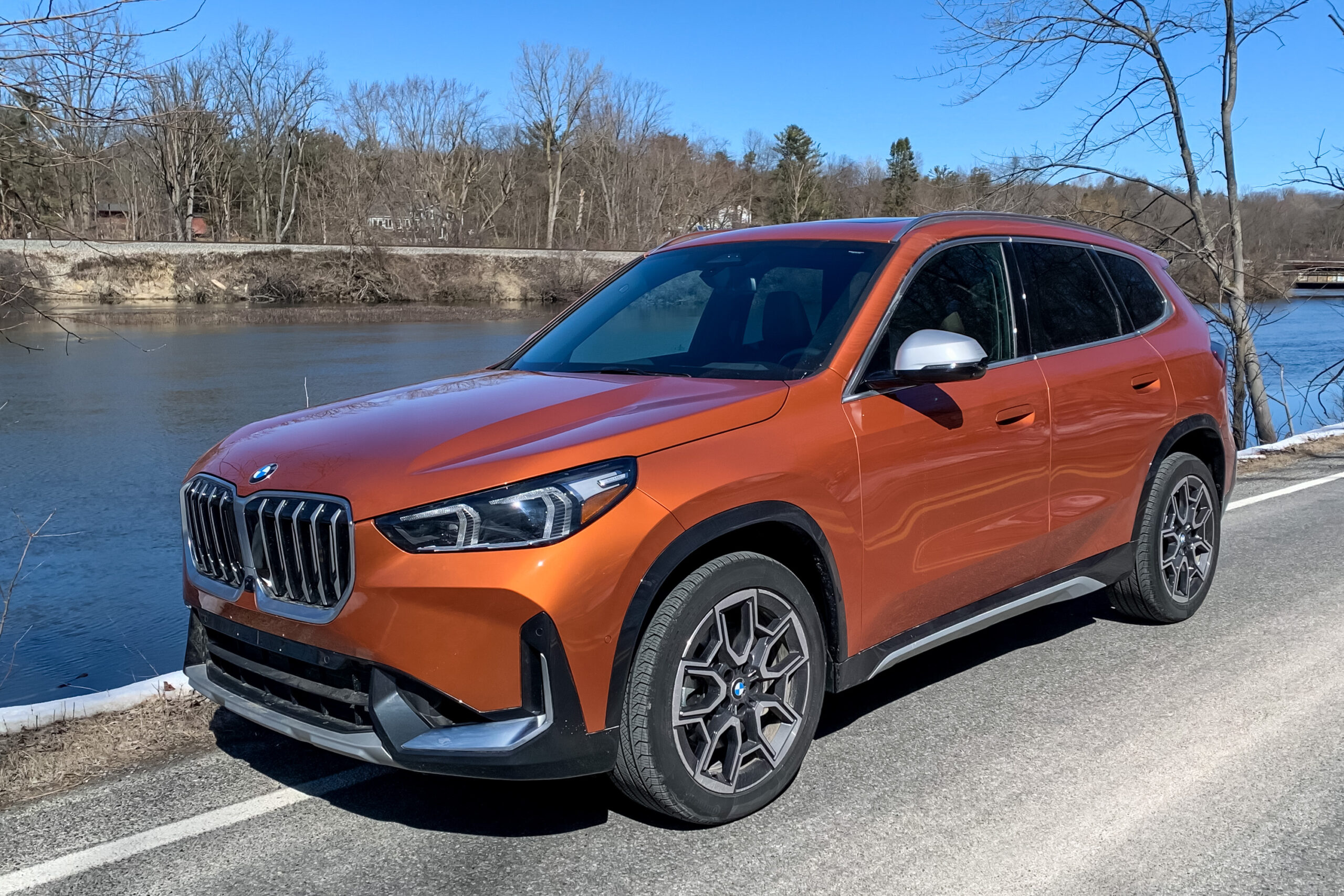When I tiptoed away from Detroit steel for the first time as an older teenager — I grew up in Southeast Michigan in a Ford family — BMW captured my attention almost immediately. It was 1998. BMW had just launched the E46 3-Series. The E39 BMW M5 with that monster, 400-horsepower V-8 came soon after. And, following that, the screaming 2001 BMW M3 in Laguna Seca Blue, with its raspy exhaust, 8,000rpm redline, and 333 horsepower worth of inline-six glory. Love at first sight is rote and cliché, but also not that far off.
Working at Car and Driver Magazine at the time, I was a young, highly enthusiastic assistant — lovingly called a Road Warrior — and simply couldn’t believe how much I enjoyed driving every single model from Munich. Even the E38 generation 7-Series large sedan proved engaging.

This lasted well into the early 2000s heady time in the automotive industry, because it was the end of an era. The end of a time where cars — not SUVs — ruled the road, virtually no one took electric cars seriously, and cruise control was the closest thing to autonomous driving. As the early 2000s became the mid- and then late-2000s, though, the transition was well underway.
BMW Moved On

And BMW couldn’t resist these trends, of course. First came the SUVs, the BMW X5, and then the X3. Then came engine downsizing and electrification. And before too long, automated whizbang gadgets to make driving “better.” And in this time, the “Ultimate Driving Machine” status suffered.
I, like many, started feeling the five stages of grief. First, denying this SUV fad would last. That quickly shifted to anger because SUV sales kept increasing. I then skipped bargaining and moved right to depression as BMWs started selling the X2 and X7, not to mention the i3. All of them interesting and competitive in their own right. None of them, well, ultimate. This feeling lasted for years.
Other Strengths to Consider
But after spending time in the 2023 BMW X1 xDrive28i, I think it’s finally time for acceptance. No, this latest X1 doesn’t do anything to remind me of the good old days. But, yes, it delivers on a lot of strengths that today’s buyers are looking for. And I found myself quite fond of this cute little Ute, after spending a few days with it.
First of all, the BMW X1 grew in 2023, but remains quite compact overall, about the same size as a Subaru Crosstrek. Yet, despite its small footprint, four adults fit comfortably inside. Seriously. Tall second-row seat bottoms and a higher roofline allow for good thigh support and headroom, a rarity in this vehicle class. Furthermore, you still get reasonable knee and shoulder room.

Impressively, the X1 supplies 26 cubic feet worth of space behind both rows. Plenty of room for several duffel bags and a cooler. Favor stuff over people and cargo increases to 57 cubic feet with the second row folded. That proves cavernous enough for a bike, among other things.

And, yes, you get the usual modern fair of screens, both the instrument cluster and center console. The former measures 10.25 inches and displays plenty of pertinent information and options for how to see it. The latter stretches 10.7 inches and operates much like a modern-day tablet computer. The point is, it’s easy and pleasant to use and makes everyday driving a bit better.
Smooth, Usable, Potent Power

And it does drive well, too. To start, you get a turbocharged 2.0L inline-four-cylinder that pumps out 241 horsepower and a very healthy 295 pound-feet of torque. After channeling through a seven-speed dual-clutch transmission, it heads to all four wheels. All that delivers gutsy, wheel-slip-free thrust that feels omnipresent from the moment you stab the throttle. BMW claims 0-60 mph in 6.2 seconds.
Entertaining Around the Corners, but Not Traditionally So
And while this is nothing like BMWs of yore, the X1 entertains through your favorite set of bendy roads. I know because I tried. As the 19-inch all-season rubber howled in agony through the corners, the X1’s suspension controlled the body well and kept understeer at a minimum. Steering response proved adequate, and I cracked a smile as I screeched from left to right. Yeah, this old curmudgeon allowed a smile.
Ultimately, though, it feels like a front-heavy, front-wheel-drive-based, compact crossover SUV. And that’s OK because, you know, it is.

Time to Move On
That’s it! It is OK. Veering away from the traditional isn’t all bad after all, I guess. No, the X1 feels nothing like my beloved 2001 BMW M3. But, yes, it feels very comfortable and quiet — and useful, and spacious.

Don’t get me wrong — some BMWs do still drive brilliantly well and engage the driver while delivering staggering performance. But it’s been a long while since all BMWs felt that way. Times change, as do market demands and consumer trends. BMW moved on. I suppose it’s time I finally do the same.








